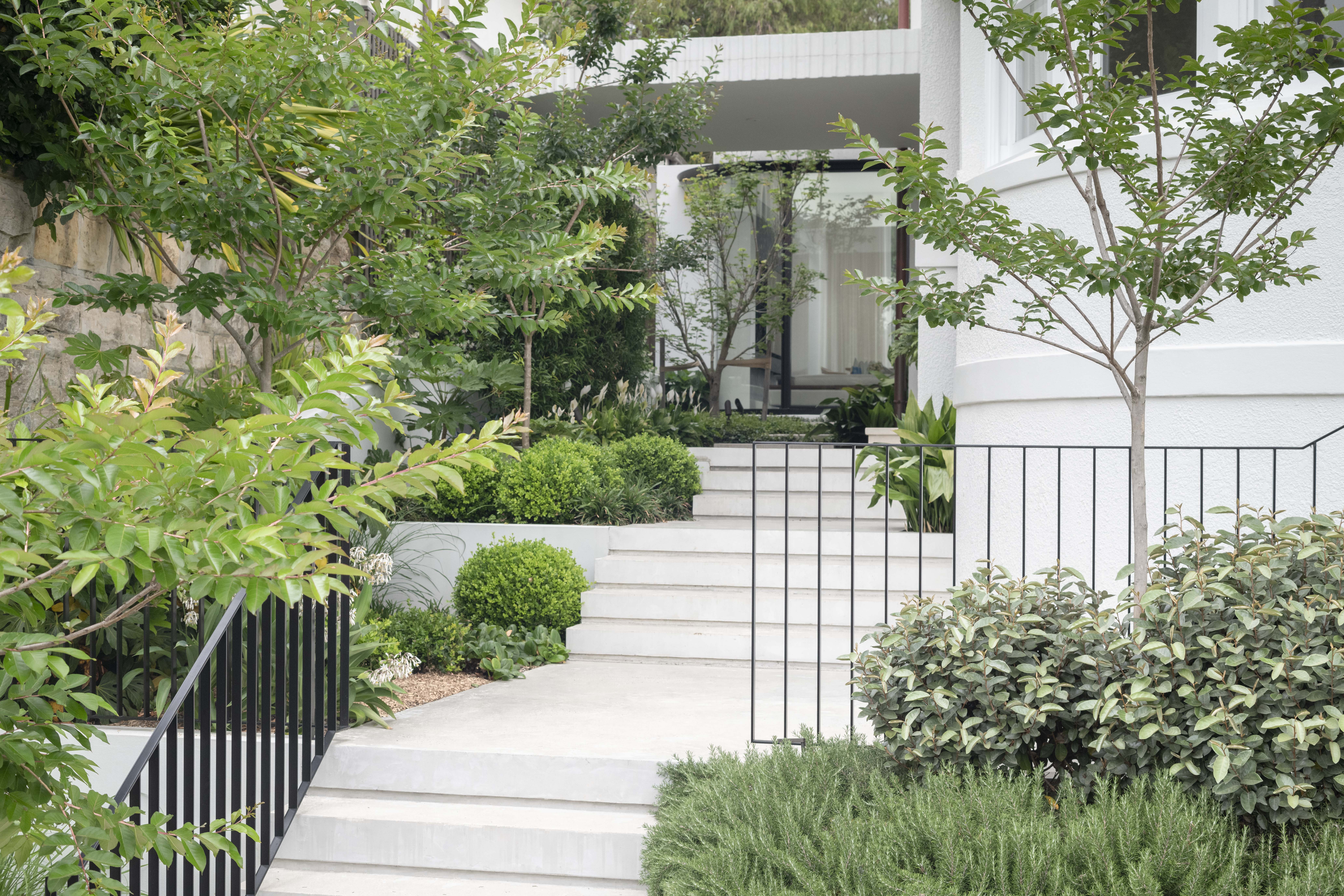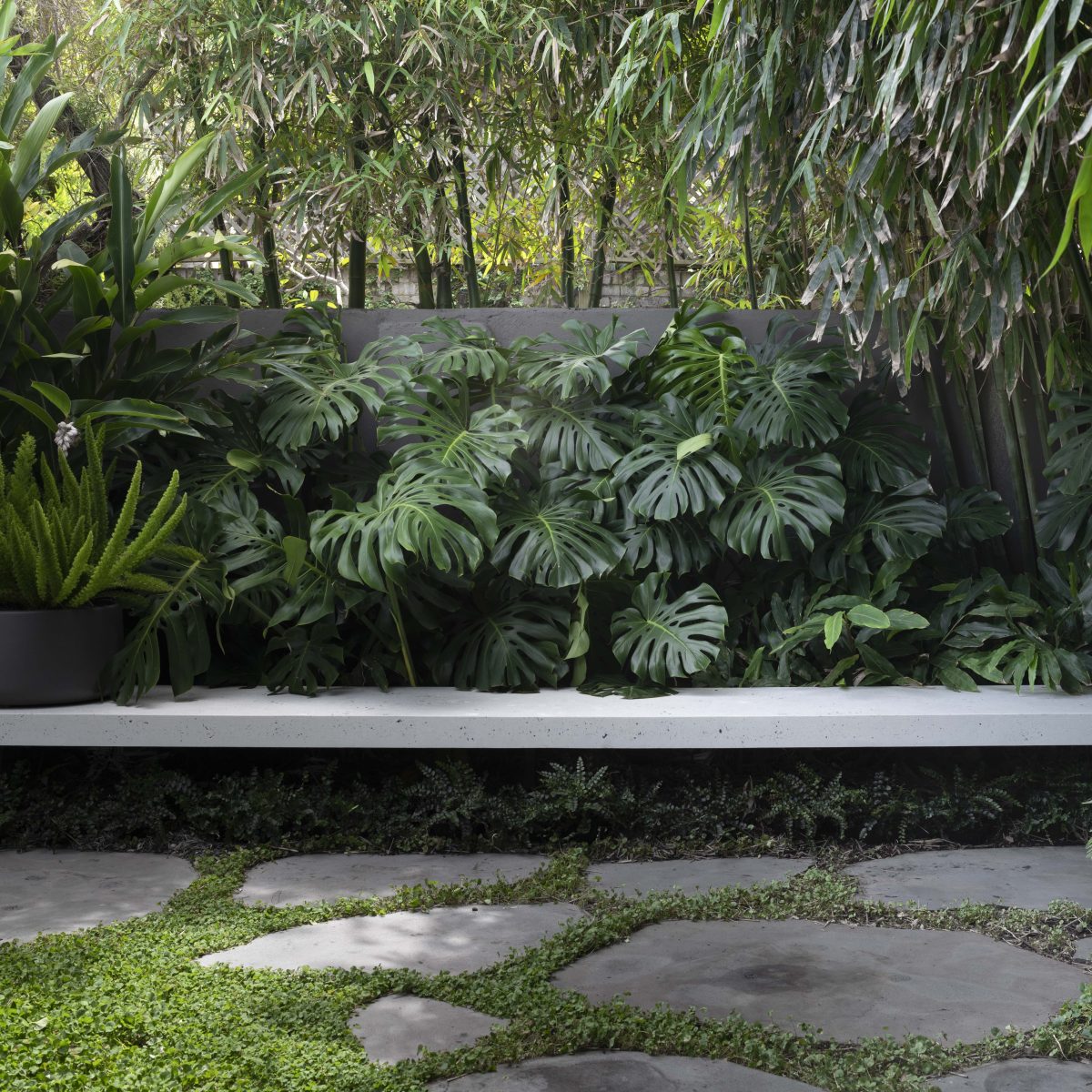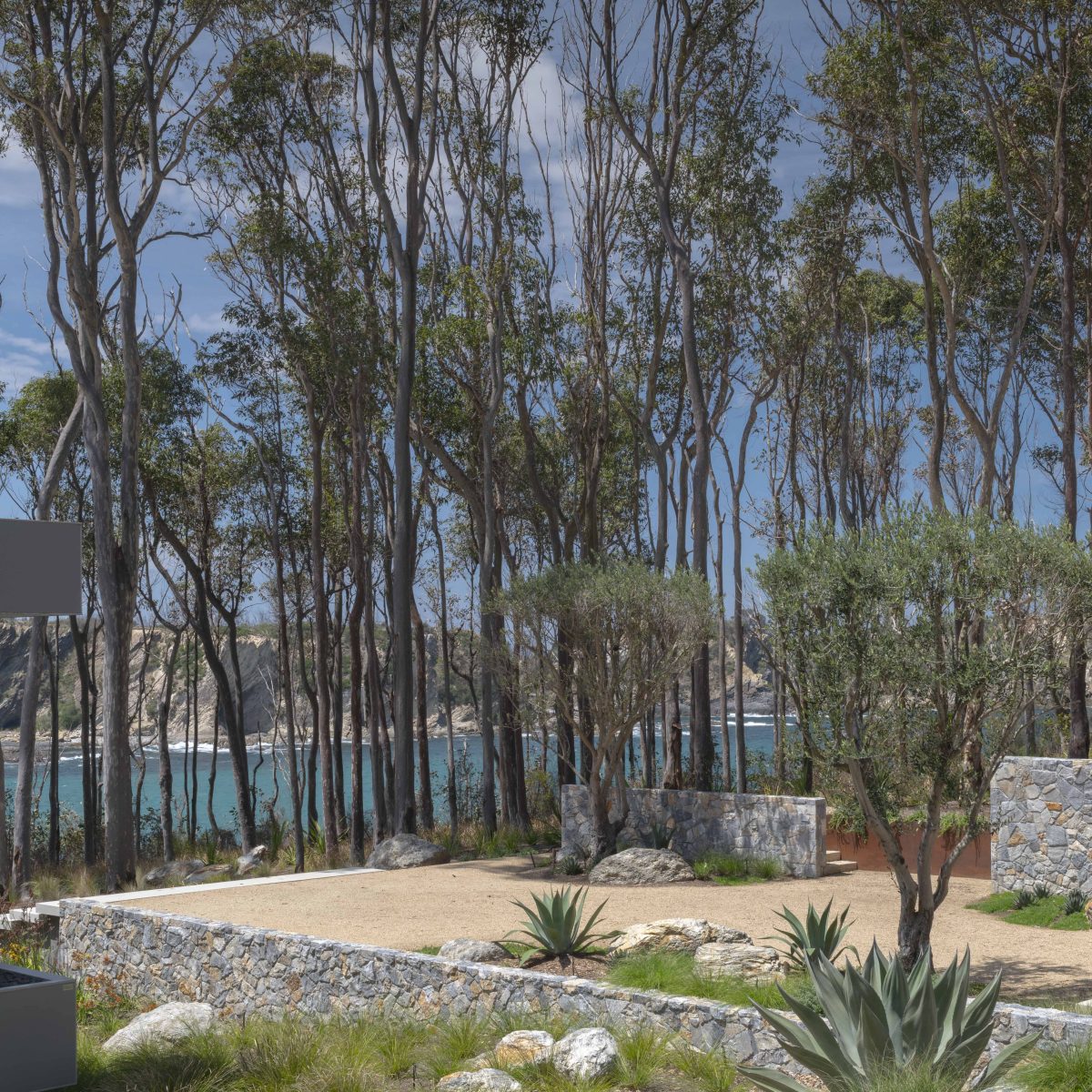There’s a common misconception that level gardens are the ideal choice for every landscape. However, landscape architects and designers know that changes in elevation can elevate a garden’s design and functionality. Introducing steps into a landscape not only addresses level changes but also creates opportunities for visual interest, material exploration, and architectural harmony. Perfectly designed steps offer far more than a path from A to B; they become a feature that enhances the entire garden.
Why Levels Matter in Garden Design
Changes in levels add depth and dimension to a garden, breaking the monotony of flat spaces. They allow for the creation of distinct zones—a cozy seating area tucked below a retaining wall, a raised terrace with panoramic views, or a sunken firepit surrounded by lush greenery. These variations make gardens feel dynamic and engaging, inviting exploration and discovery.
Steps are an essential part of this design narrative, seamlessly connecting these levels while offering their own aesthetic and functional attributes.
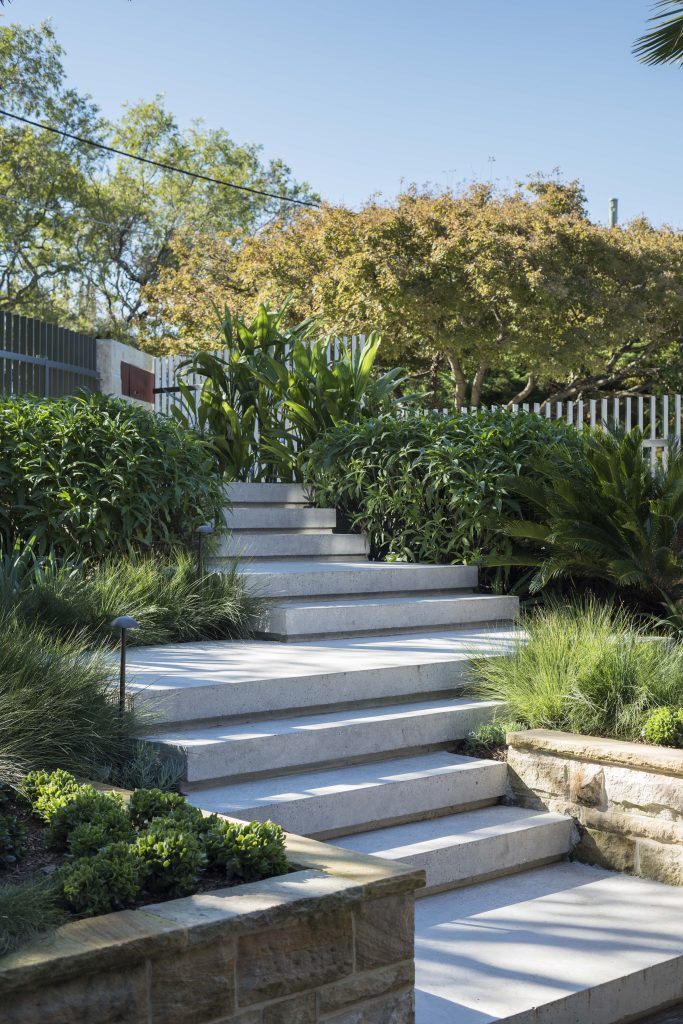
The Versatility of Steps
Steps in landscaping are far more than utilitarian features. Their design, placement, and material choices can transform them into key visual and structural elements of a garden. The following is what makes steps so versatile:
Material Variety. Steps can be crafted from an array of materials to suit any style or context. Timber steps add warmth and blend naturally into gardens with a rustic or organic theme. Stone steps, whether in sleek granite or rugged sandstone, convey timeless elegance. Concrete steps offer a minimalist, modern look and can be polished, textured, or even stained for added character.
Size and Proportions. Steps can be designed to be narrow and discreet or wide and dramatic. Wide steps, for instance, can double as seating in social spaces or amphitheatre-like garden settings. Their proportions can also be adjusted to match the overall aesthetic of the garden, creating harmony with the surrounding elements.
Integration with Architecture. Steps are an excellent way to reflect the architectural details of a home or building. A garden connected by steps with similar materials, colours, or patterns as the structure creates a cohesive design. For example, using brick steps to match a redbrick house or timber steps to complement a wooden façade ties the garden and home together seamlessly.
Soft Landscaping. Steps offer opportunities for soft landscaping integration. Imagine steps flanked by ornamental grasses, cascading plants like creeping thyme or rosemary softening their edges, or pockets of succulents tucked between step risers. This blending of hard and soft materials enhances the overall texture and richness of the design.
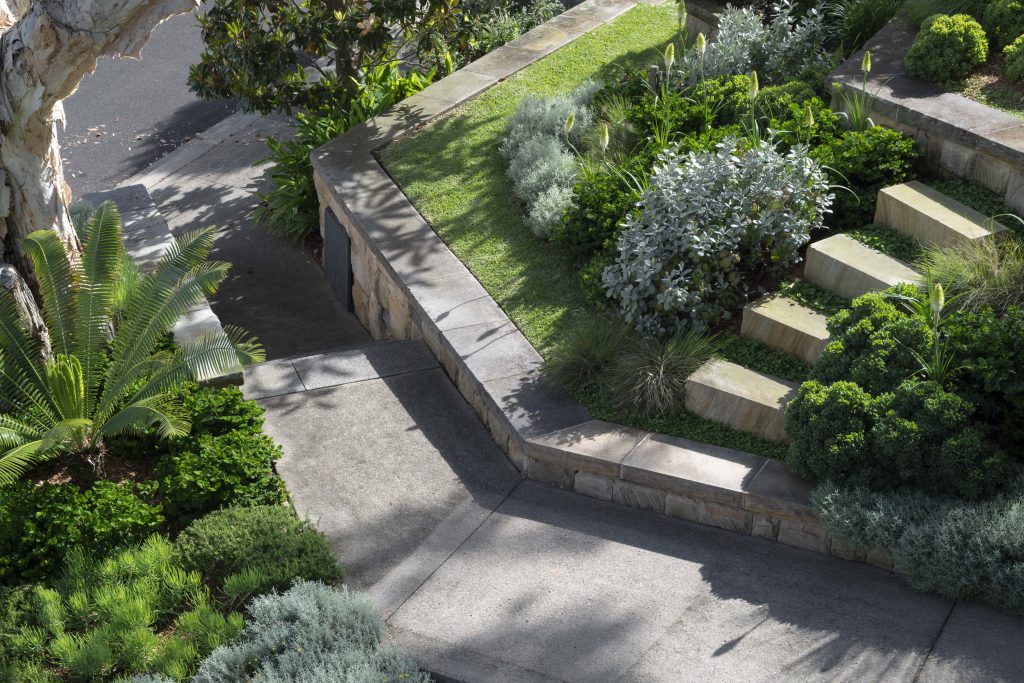
Design Tips for Perfect Steps
Consider Functionality: Ensure steps are functional and safe. Pay attention to the height (riser) and depth (tread) of each step, keeping them consistent to avoid trips and stumbles. Wider and shallower steps are often a better choice for gardens accessed by children or older individuals.
Lighting: Steps are an excellent place to incorporate lighting. Subtle, integrated lighting under each tread or along the side walls adds both safety and ambience, making the steps usable and visually stunning at night.
Incorporate Retaining Walls: Retaining walls often accompany steps in level-changing gardens. Use complementary materials for the walls and steps to create a unified look. For example, a Corten steel retaining wall paired with timber steps creates a striking contrast of textures and tones.
Create Flow: Steps should feel natural in their placement. Follow the natural contours of the garden and align them with pathways or focal points to create an intuitive flow through the space.
Incorporate Landings: For long flights of steps, include landings to break up the journey and provide resting points. Landings can be simple or turned into mini terraces with potted plants, sculptures, or seating.
Steps as a Garden Focal Point: Steps can be the star of your garden design. For example, a grand staircase leading to a raised deck can create a sense of drama and arrival. Alternatively, a whimsical spiral staircase made of metal or stone can serve as an eye-catching sculptural element. When steps are treated as more than a functional feature, they become an integral part of the garden’s personality.
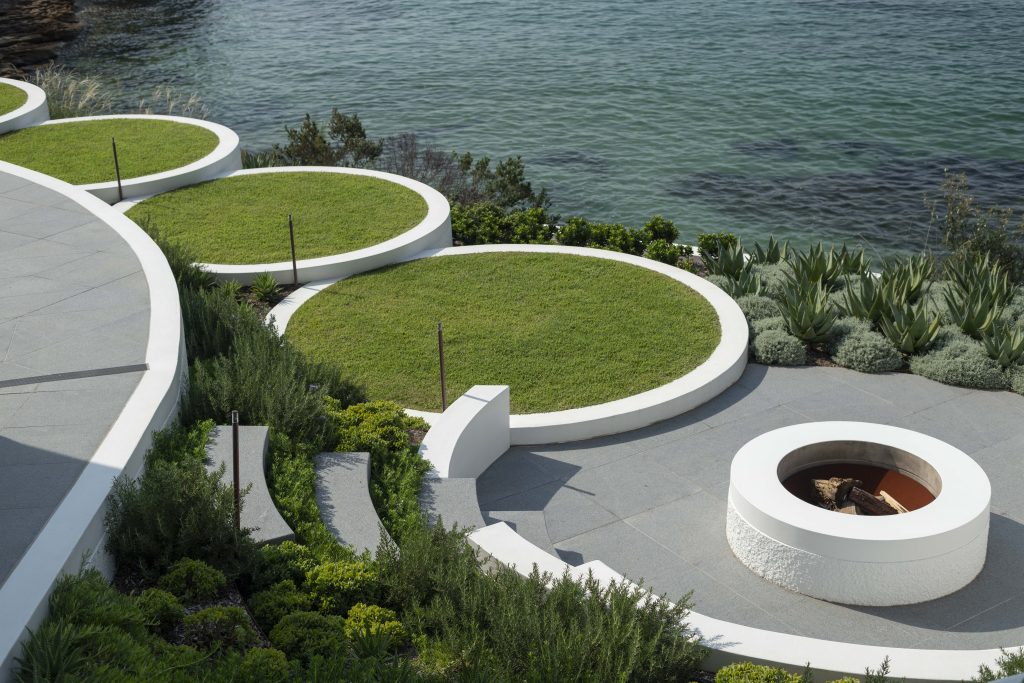
Designing the perfect steps is about more than just connecting levels—it’s about creating opportunities to play with materials, showcase craftsmanship, and enhance the overall aesthetic of a garden. With careful planning, steps can become a seamless blend of form and function, providing safe access while adding character and depth to the space. Whether wide and welcoming or narrow and intricate, steps are a powerful tool in crafting beautiful, dynamic landscapes.
Photography by Nicholas Watt
